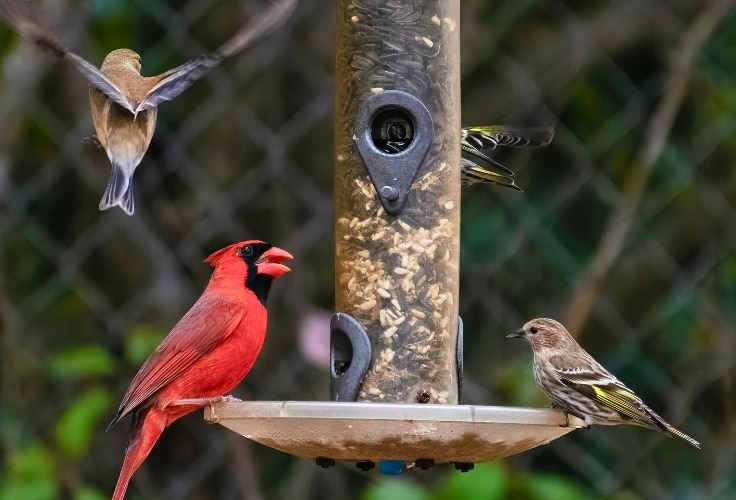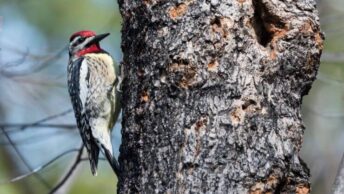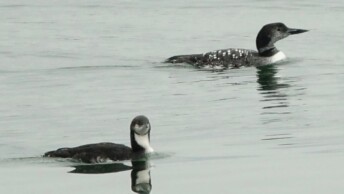A new bird feeder can feel like an empty promise at first. Days go by, and not a single visitor stops in. Birds need time to find and trust a new food source, but you can help attract them sooner. Follow these simple steps to turn your feeder into a busy stop on their daily route.
1. Use the Right Food
Start with fresh, high-quality seed that birds actually want. Black oil sunflower seeds attract the widest variety, from finches to cardinals. Nyjer seeds are perfect for goldfinches and siskins, while suet or suet pellets give insect-eaters a calorie boost in colder months. Offer mealworms, dried or live, to tempt robins, bluebirds, and wrens.

Use only unsalted peanuts, and serve them in a mesh feeder so birds can take small pieces safely. Skip bargain mixes full of fillers like milo or wheat, which most birds leave untouched.
2. Place the Feeder Wisely
Put the feeder where birds feel safe but can still spot it easily. Choose a spot near trees or shrubs that offers cover, but keep enough distance so predators can’t ambush. Avoid placing it right next to walls, fences, or dense low bushes where cats may hide.
Pick a quiet location away from heavy foot traffic and noise. Make sure it’s visible from above so passing birds can see it while flying over.
3. Provide a Water Source
Set out fresh, clean water to attract both seed-eaters and birds that never visit feeders. Use a shallow container, no more than 5 centimeters (2 inches) deep, so small birds can bathe and drink safely. Place it in a shaded spot with a clear view of approaching predators.

Change the water daily in warm weather and break any ice in winter. Moving water, such as from a dripper or small fountain, can draw birds in even faster.
4. Keep Everything Clean
Wash feeders and birdbaths regularly to prevent disease. Use hot, soapy water, rinse well, and let them dry before refilling. Wear gloves and keep separate brushes or sponges just for bird equipment. Sweep up spilled seed and remove any wet or moldy food right away.
If you see sick birds, stop feeding for a couple of weeks, clean everything thoroughly, and then start again.
5. Make It Noticeable
Help birds find your feeder by scattering a small amount of seed on the ground or nearby surfaces. Place a few bright fruits, like orange halves, close to the feeder for extra visual appeal.

Keep the area clear enough for birds to see the food from above. These small cues can speed up discovery, especially for a brand-new feeder.
6. Offer Food Consistently
Refill your feeder promptly so it never stays empty for long. Birds learn to rely on regular food sources, and a steady supply keeps them coming back. Inconsistent feeding can cause visitors to move on and search elsewhere.
7. Be Patient
Even with the right setup, it can take days or weeks for birds to visit a new feeder. Give them time to notice, explore, and trust it as a safe food source. Once they do, more birds will follow, and your feeder will soon be part of their daily route.
Turn Visitors into Regulars
Once your feeder is busy, think about creating a year-round bird haven. Add native plants that provide berries, seeds, and shelter. Install nesting boxes to encourage breeding in spring. Keep a simple list or photos of your visitors to track who drops by through the seasons. The more you offer, the more your garden will become a safe stop for local wildlife.



